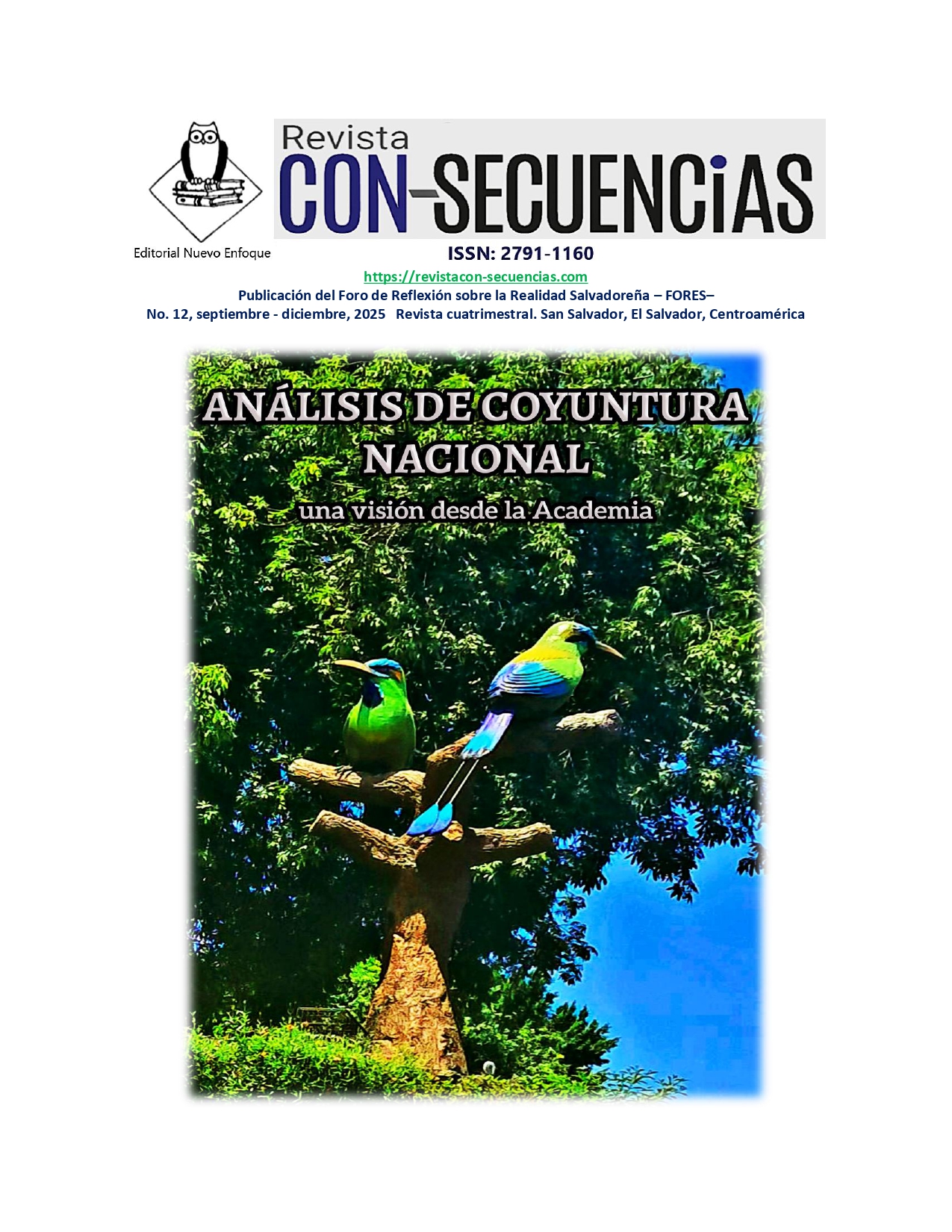Cultural revitalization and interculturality from the perspective of the Nahuatl indigenous teaching: contributions to education and the social fabric in El Salvador
Keywords:
Language in danger of disappearing, Dialect, Cultural change, Indigenous population, Cultural identityAbstract
The Nahuatl Indigenous Chair, established in September 2015, has been a benchmark in the rescue, promotion, and dignification of Nahuatl-Pipil culture in El Salvador. Through comprehensive lines of work such as research, teaching, and social outreach, this initiative has articulated institutional and community efforts to strengthen Indigenous identity and linguistic revitalization. This article analyzes its foundations, achievements, challenges, and prospects from an intercultural and transdisciplinary perspective, recognizing its alignment with the Sustainable Development Goals (SDGs) and the Salvadoran constitutional mandate regarding linguistic and cultural rights.
Downloads
References
Asamblea Legislativa. (1983). Constitución de la República de El Salvador. Diario Oficial.
Bonilla Alvarado, J. M. (2024). Valor histórico y cultural del idioma náhuat en la reconstrucción del tejido social. Conferencia magistral en clausura de la tercera cohorte del proyecto Shitaketza Nawat.
Díaz Polanco, H. (2006). Elogio de la diversidad: Globalización y multiculturalismo. Siglo XXI Editores.
Magaña, M. G. (2023). Informe de gestión de la Cátedra Indígena Náhuat. Escuela de Idiomas, Universidad Tecnológica de El Salvador.
Organización de las Naciones Unidas. (2015). Objetivos de Desarrollo Sostenible: Agenda 2030. https://www.un.org/sustainabledevelopment/es/
Walsh, C. (2009). Interculturalidad, Estado y Sociedad: Luchas (de)coloniales de nuestra época. Universidad Andina Simón Bolívar.
Published
How to Cite
Issue
Section
License
Copyright (c) 2025 Morena Guadalupe Magaña

This work is licensed under a Creative Commons Attribution-NonCommercial-NoDerivatives 4.0 International License.





